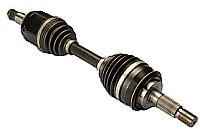
DRIVE SHAFTS
A drive shaft, driveshaft, driving shaft, propeller shaft is a mechanical component for transmitting torque and rotation, usually used to connect other components of a drive train that cannot be connected directly because of distance or the need to allow for relative movement between them.
Drive shafts are carriers of torque: they are subject to torsion and shear stress, equivalent to the difference between the input torque and the load. They must therefore be strong enough to bear the stress, whilst avoiding too much additional weight as that would in turn increase their inertia.
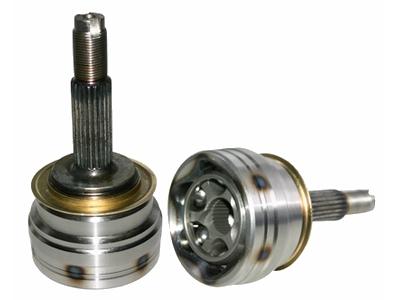
CV JOINTS
Constant-velocity joints (aka CV joints) allow a drive shaft to transmit power through a variable angle, at constant rotational speed, without an appreciable increase in friction or play. They are mainly used in front wheel drive and many modern Rear wheel drive cars with independent rear suspension typically use CV joints at the ends of the rear axle halfshafts, and increasingly use them on the propshafts.
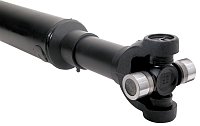
TAIL SHAFTS
An automobile may use a longitudinal shaft (tail shaft) to deliver power from an engine/transmission to the other end of the vehicle before it goes to the wheels. A pair of short drive shafts is commonly used to send power from a central differential, transmission, or transaxle to the wheels.
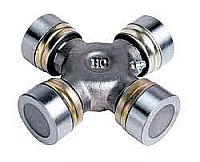
UNIVERSAL JOINTS
A joint or coupling that allows parts of a machine not in line with each other limited freedom of movement in any direction while transmitting rotary motion. Also called universal coupling.
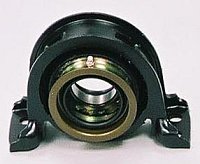
CENTRE BEARINGS
The centre bearing is located in the center of a two piece drive shaft. It holds up the center of the drive shaft.
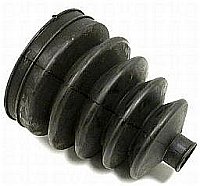
CECV BOOTS
A Constant-velocity boot is a rubber covering which protects a CV joint. Cracks and splits in the boot will allow contaminants in, which would cause the joint to wear quickly.
